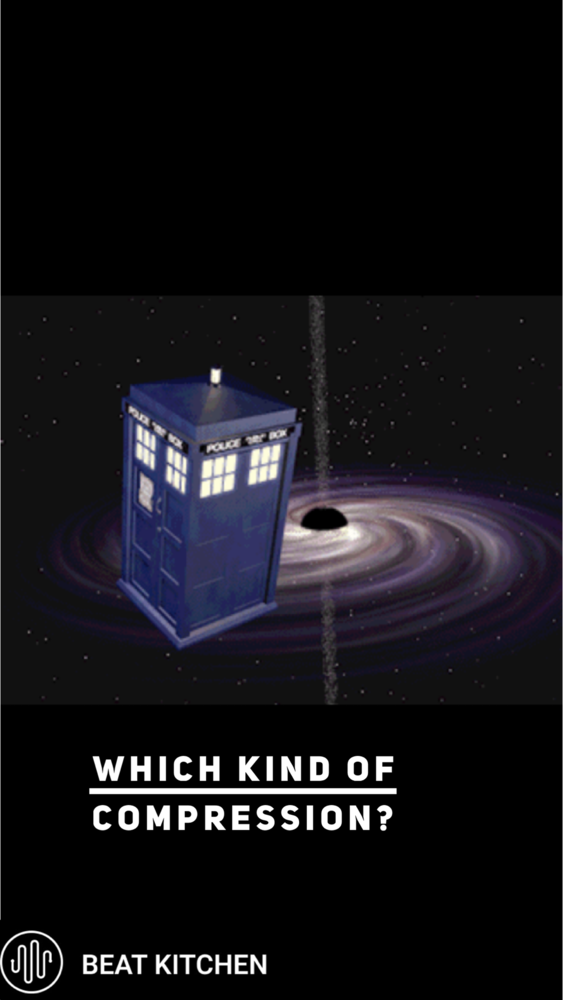If you’ve ever tried to explain a compressor to someone who’s new to music production, there comes a moment where they look at you with a really puzzled expression, and it’s probably because they’ve heard the word used in two ways. There are two kinds of compression, audio compression and file compression. An audio compressor limits the difference between loud and soft.
We’ll talk about that more later. File or data compression is a computer thing, and it takes big files and it makes them smaller. It comes in two flavors.
Lossy data compression, like an mp3 file, and lossless data compression, like a zip file. A lossy algorithm like mp3 uses something called a CODIC, which stands for code decode. It basically looks at your music and figures out, “We can trim some of the stuff you’re not hearing and you’re never going to know the difference.” That’s great for the consumer who doesn’t want to spend an hour downloading your music just so they can stream it.
But the stuff it took away, you’re never getting back. With lossless compression, the algorithm looks at the data and basically creates a TARDIS. It takes all of that data and squeezes it into a little tiny box.
And when you unpack that box, you’re left with exactly the same thing. So you don’t throw anything away. These are two entirely different things, but they’re both really useful in audio.
If this post will help someone, please share it, like it, follow us for more stuff like this.

